Ken Lum (b.1956, Vancouver)
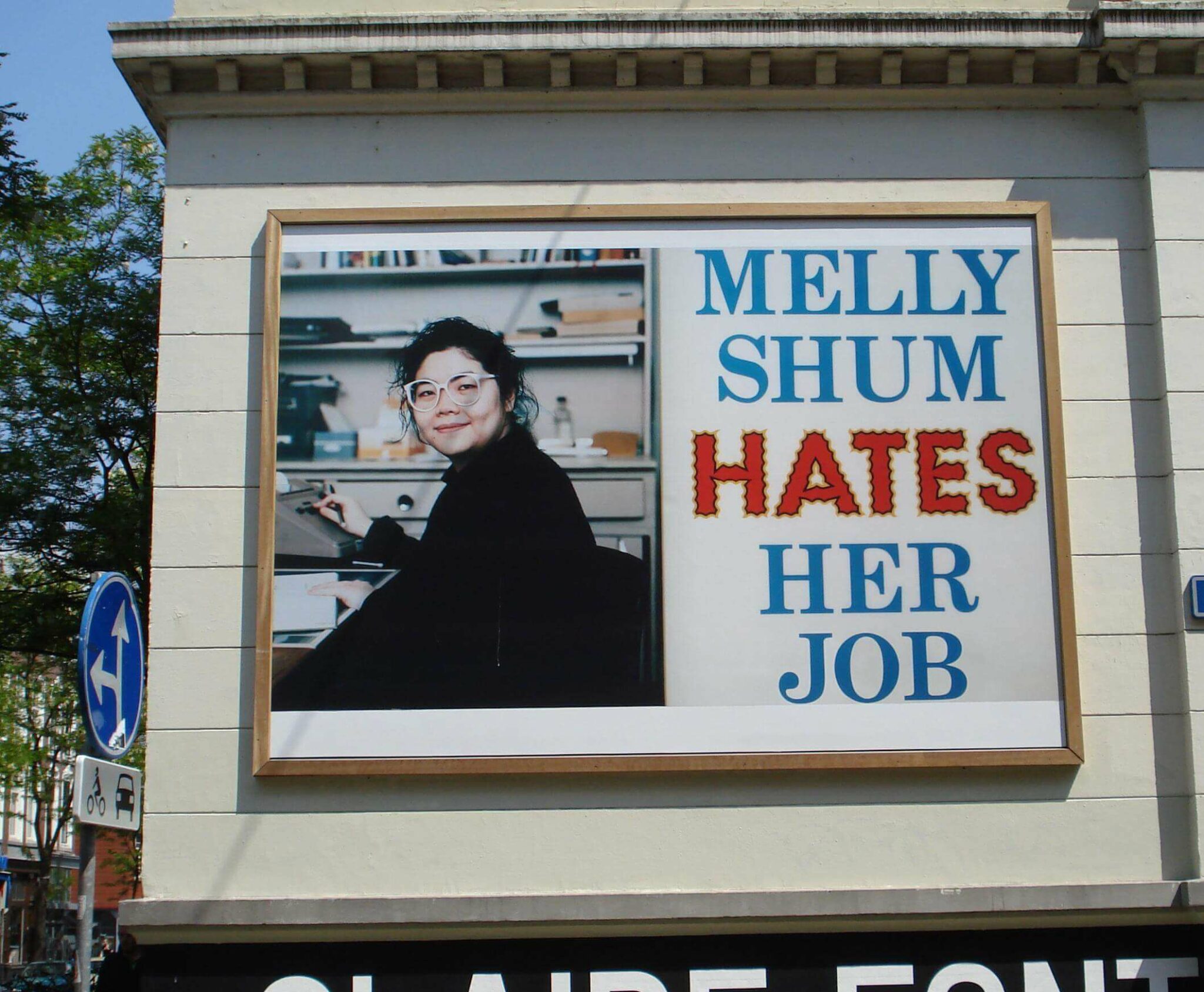
Melly Shum Hates Her Job, 1989
Chromogenic print, vinyl lettering, 124 x 230.3 cm
Winnipeg Art Gallery
Installation view, Witte de With Center for Contemporary Art, Rotterdam, renamed the Kunstinstituut Melly in 2021
In 1990, a photograph by Ken Lum (b.1956) from the artist’s Portrait Attributes series was installed in the Witte de With Center for Contemporary Art in Rotterdam, the Netherlands, as a part of a solo exhibition. Melly Shum Hates Her Job depicts an Asian woman working in an office. She smiles at the viewer, but the text declares her dissatisfaction in ardent terms. After the show closed, the gallery received multiple requests to reinstall the piece because, as one person commented, “every city deserves a monument to people who hate their jobs.” Lum was pleased by the community’s response to his artwork and it was reinstalled. In a testament to the work’s relevance, when the directors of the Witte de With changed the institution’s name in an effort to decolonize in 2021, they chose to call it the Kunstinstituut Melly (that is, Melly Art Museum). This suited Lum, who is internationally recognized for his commentary on social and political issues.
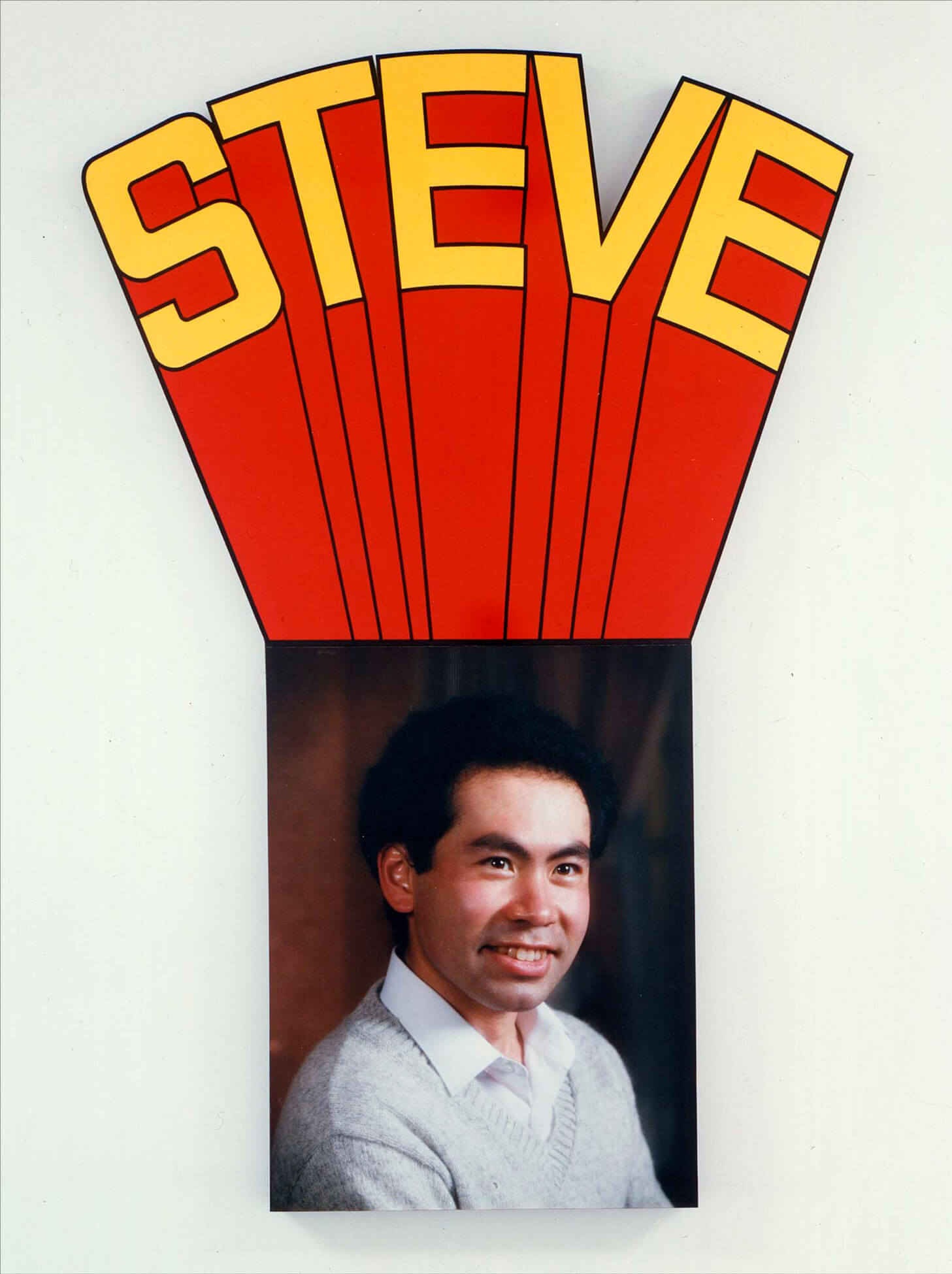
Lum is associated with Vancouver photo-conceptualism and, like many of his colleagues in the movement, he is an academic, a writer, and a critic as well as an artist. His Portrait-Logo series from the mid-1980s is one of his earliest major projects, and it explores questions of identity and difference. Each portrait is paired with a logo, name, or descriptive text, using the typographic font as an expressive element. In Steve, 1986, the image takes the form of a high school yearbook photo, while the text is written in the script of a teenager’s doodle, suggesting the exuberant personality of the youth portrayed.
In an aesthetic that borrows from and combines advertising and family photography, some of the works in the Portrait-Logo series also comment on stereotypes of gender and ethnicity. In Ollner Family, 1986, the subjects—a white father, Asian mother, and child of mixed ethnicity—are posed and smiling, as in the style of a portrait from a commercial studio, but the “Ollner” sign adjacent to the photograph relates to family structure and subsumes the woman and child into patriarchy and white supremacy. Similarly, in Amrita and Mrs. Sondhi, 1986, the portrait is paired with a bold custom-designed logo based on the family name. Although the man does not appear in the photograph, he is represented by the corporate-style emblem. Lum is interested in the relationship between image and text, and he destabilizes visual and textual meaning so that viewers may become conscious of their own role in creating meaning. The large-scale, aluminum-based lacquer painted works of Portrait-Logo adopt the visual language of commercial signage but also reference minimalist sculpture by artists such as Donald Judd (1928–1994).
Lum works in a range of media and has completed numerous public art commissions in Canada and abroad. In 2016, he became Chair of the Department of Fine Arts at the University of Pennsylvania and was appointed an Officer of the Order of Canada in 2017.
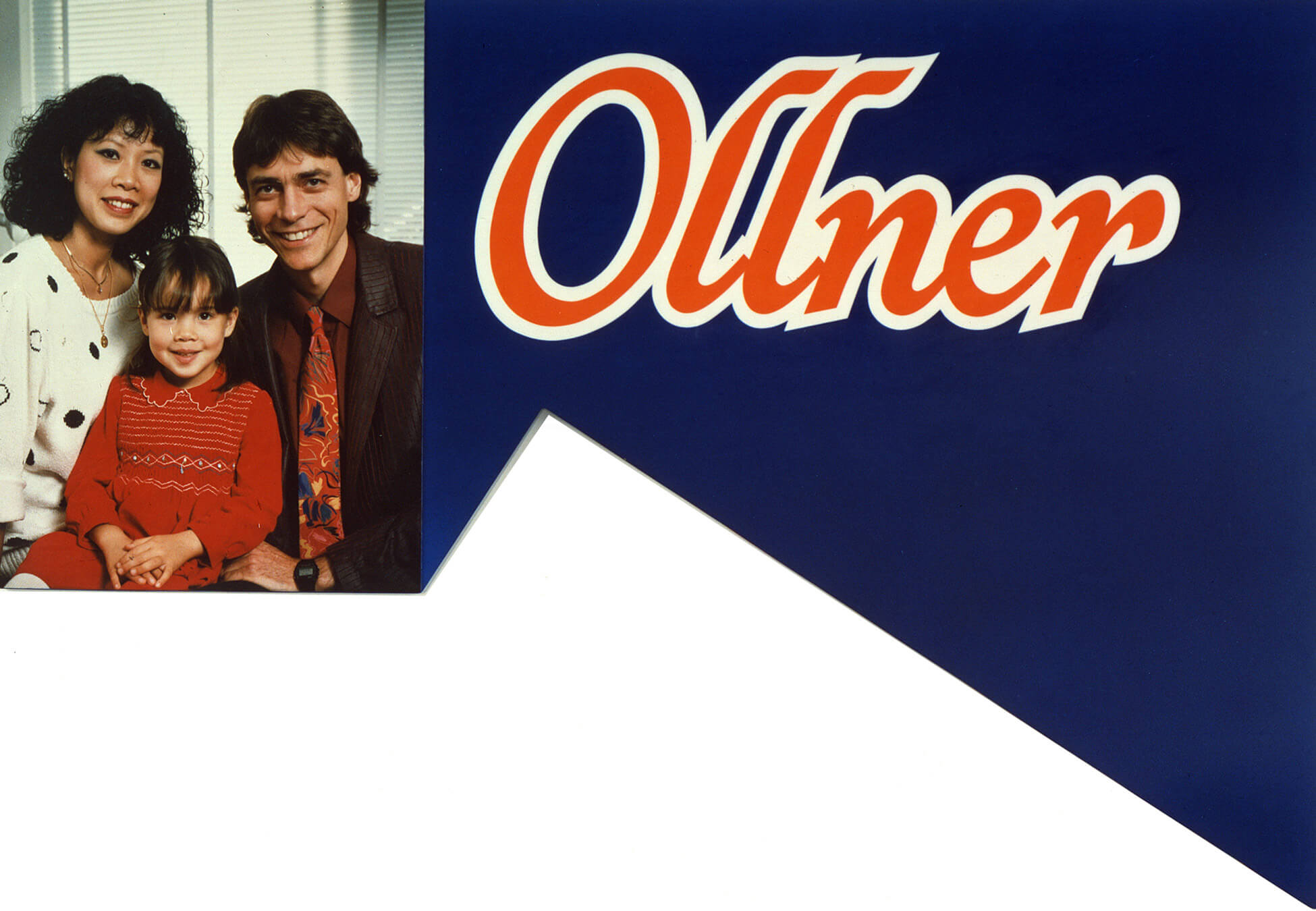
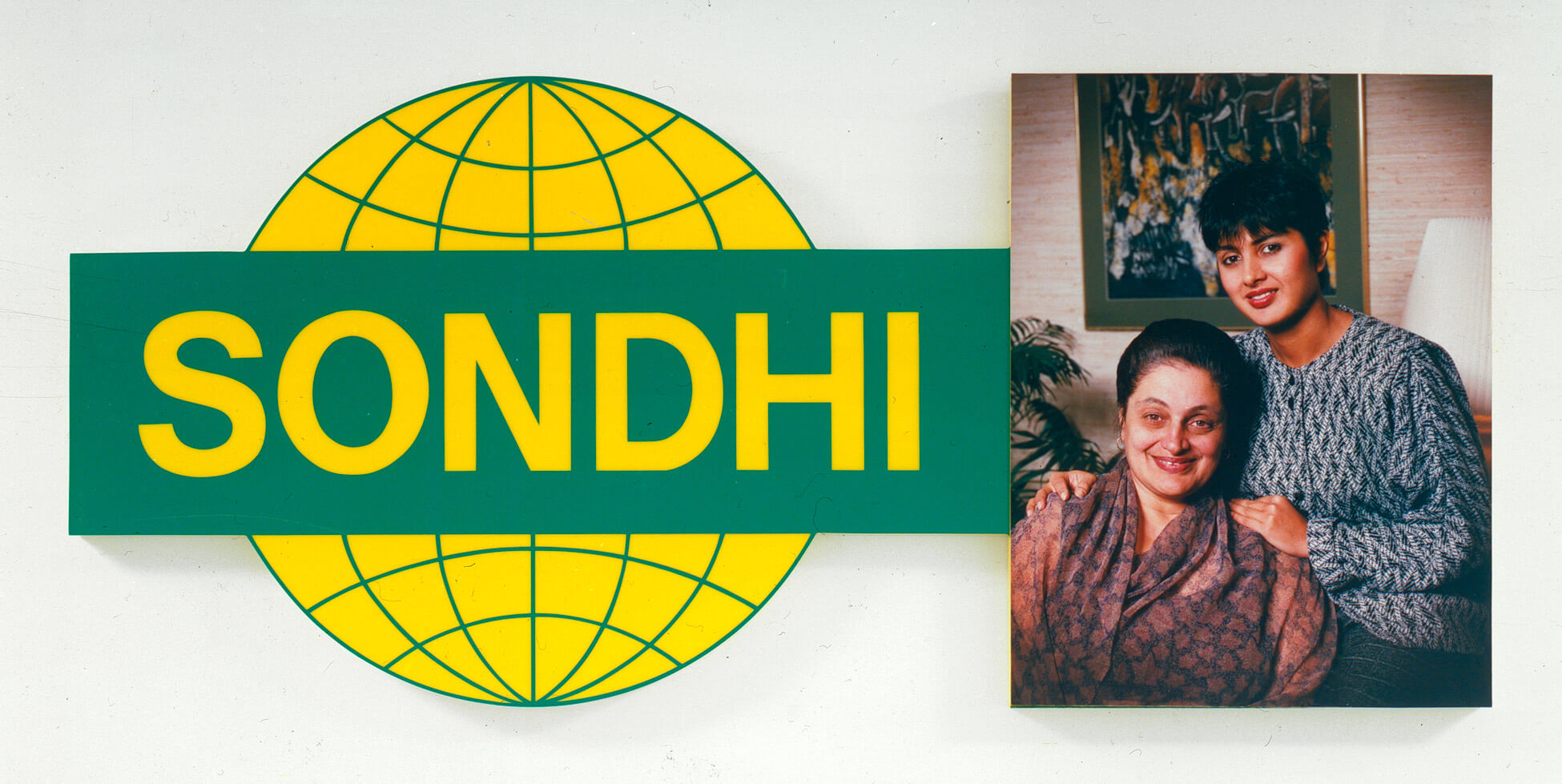

 About the Authors
About the Authors
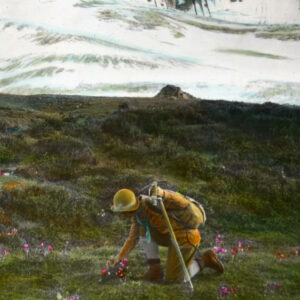 More Online Art Books
More Online Art Books
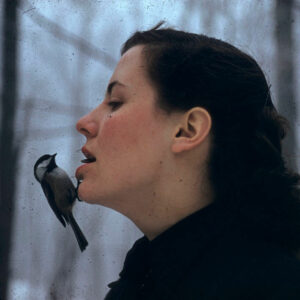 Acknowledgements
Acknowledgements